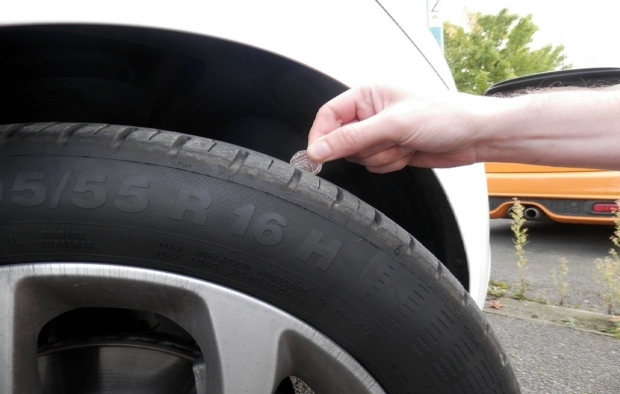
- Home
- News
- Road Traffic
- When Was The Last Time You Checked Your Tyres?

When Was The Last Time You Checked Your Tyres?
Have you considered the importance of tyres when jumping in your car?
Often this aspect of driving is overlooked as drivers assume tyres are in good condition and ready to be used; wear and tear here is not as visible as defects on other parts of the vehicle.
However, between 2013 and 2018 the total number of road accidents (where a vehicle defect was a contributory factor) where tyres were the problem totalled 3,449.
What are the more common tyre issues?
Tyres are an important part of any vehicle and play a key role in driver safety. Due to repetitive usage, issues can occur, including:
- Tyre tread depth – A lack of tread depth can result in less grip on the road. Drivers often don’t realise themselves that tread levels are below the 1.6mm minimum legal requirement and often these issues are picked up at MOT’s.
- Under/over-inflation – If a tyre is over-inflated, it can lead to less agile tyre performance when driving. If the tyres are under-inflated, they can overheat and generate further problems.
- Flat spots – When a tyre is subject to heavy braking, for example in an emergency stop scenario, this can result in flat spots which vastly weaken your tyre’s performance.
These are just a few of the defects, with more information available here.
How can you check your tyres?
Although certain checks should be undertaken by a qualified mechanic – whenever a bulge, lump or cut is identified, for example – there are certain tests you can carry out as part of ongoing car maintenance which should be conducted regularly and certainly before long journeys.
The most obvious check is to take a walk around your vehicle and check the tyres for lumps, bumps, anything lodged in them or any tears that may increase the likelihood of complete tyre failure.
Kwikfit encourages drivers to check the tread depth of tyres in three different areas of the tyre’s circumference to ensure levels are acceptable and within the legal limits of a minimum of 1.6mm.
There is also the issue of tyre pressure, which can be adjusted using tyre pumps which are widely available in many shops.
What should you do if you’re concerned?
If you are unsure about your tyres and feel there may be any issues, take your vehicle to a garage and they can have a qualified scan over them and provide a thorough assessment.
Issues will be picked up by your annual MOT, but it is essential if you spot anything in the meantime to get it checked to improve vehicle safety and performance.
Share this article
Request a Callback
Had an accident that wasn’t your fault? Leave your details and we’ll call you back.
Thank you
Thank you for your request, one of our team members will be in touch shortly.
Find Out MoreExisting Client?
Keep on top of your claim 24/7, 365 days a year with Touchpoint, accessible from any internet-enabled device.



